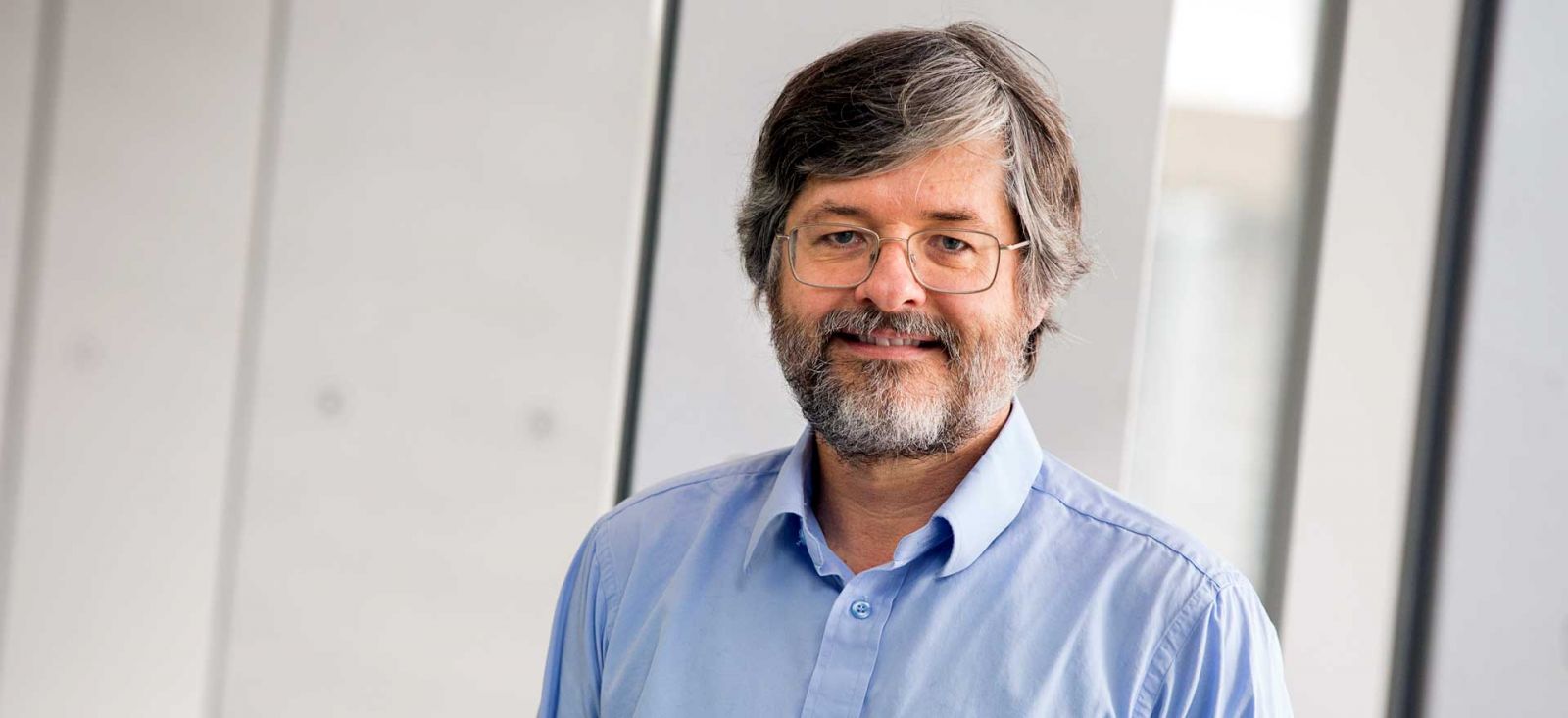Director's Blog - 15 May 2018 - History lesson..

On 23 April, Bio21 hosted the ‘Pest Control Symposium’ organised by Phil Batterham. It was a wonderful opportunity to learn about the most recent developments in pest control, but also to celebrate and reflect on the development of genetics as a discipline since the elucidation of the structure of DNA in 1953; the 50 year history of genetics research at the University of Melbourne and to honour the people who were champions and trailblazers of genetics research at the University. The discovery of DNA by James Watson, Francis Crick, Maurice Wilkins and Rosalind Franklin has changed the world and the nature of research profoundly. John McKenzie and Max Whitten, pioneers in pest control research at the University applied the new science of DNA to evolution and pesticide resistance in sheep blowfly and investigated this in Drosophila melanogaster. Their contribution as academic leaders and researchers in advancing the discipline of genetics at the University was recognised on the day. The research continues in the Batterham, Hoffmann and O’Hair groups at Bio21.
So too, the much younger ‘Bio21 Institute’ was made possible through the ideas, energy and advocacy of individuals. Bio21 was officially opened in 2005, this June it will be 13 years old. However, the seeds of the idea that became ‘Bio21’ existed in the minds of people as early as 2001. So here, a brief history lesson:
In 2001, the University of Melbourne, Melbourne Health and the Walter and Eliza Hall Institute of Medical Research identified an emerging need within the scientific community and amongst commercial partners for a greater recognition and organisation of biotechnology activities in Victoria. These institutions partnered together with the State Government of Victoria to establish ‘Bio21 Australia Limited’, with the overarching vision of supporting the commercialisation efforts of the founding members.
In 2002 the strategic directions of Bio21 Australia were expanded to enhance collaborations between institutions in the Parkville precinct and beyond. Over a number of years, Bio21 Australia morphed to become the ‘Bio21 Cluster’ representing more than 21 hospitals and medical research institutes affiliated to the founding members. In 2014, the membership of the Bio21 Cluster was further expanded to include other Victorian universities (Monash, La Trobe and Deakin Universities), hospitals and Medical Research Institutes and its name was changed to Biomedical Research Victoria (BMV), reflecting its enlarged role in supporting biomedical research across the State and advocacy to State and Federal Governments.
One of the first major projects to be proposed by Bio21 Australia was the building of the Bio21 Molecular Science and Biotechnology Institute (Bio21 Institute). The Bio21 Institute was established under the premise that multidisciplinary research in the life sciences, physical sciences and engineering disciplines were needed to address some of the major challenges in biology and translate the outcomes of this research into commercial and biotechnology outcomes that enriched society.
Funds for the new building were provided by Atlantic Philanthropies ($30 million) as well as the University of Melbourne ($50 million), along with the Commonwealth of Australia ($9.5 million). The Victorian State Government donated land worth $15 million and approximately $32 million towards the building and key platform technologies, including the Magnetic Resonance facility, a state-of-the-art cleanroom and advanced electron microscopy facility, and a major mass spectrometry facility for proteomics and analytical chemistry.
The construction of the new Bio21 Institute commenced in 2002 and was completed in 2005. The building was named after Emeritus Professor David Penington AC, former Vice-Chancellor of the University of Melbourne and well-respected haematologist and chairman of the ‘Bio21 Cluster’, whose commissioned review of the Institute was approved by the University Council in 2005. The Bio21 Institute was officially opened on June 8, 2005, by the Premier of Victoria at the time, the Honourable Mr Steve Bracks, along with then Innovation Minister, the Honourable Mr John Brumby, Health Minister the Honourable Ms Bronwyn Pike and the Vice-Chancellor of the University of Melbourne, Professor Glyn Davis. After the completion of the building, research groups moved in and platform technology facilities were furnished with high end instruments. The story of an institute had begun.
“It will be one of the largest biomedical research centres in Australia and will help make Victoria the indisputable national leader in the booming biotechnology sector.” Premier Steve Bracks, 2005.
Retelling our stories today, recalling individuals, and reflecting on the challenges and achievements of our community are important. Although only little over a decade young, Bio21 is at a critical time, where we can still assemble these stories. One way we can celebrate our history and the rich history of the departments and schools that make up Bio21 today is to name some of our meeting rooms and spaces in recognition of individual researchers and professional staff members – women and men - to the aspirations of Bio21. I look forward to naming the rooms, in consultation with Department and School Heads, and celebrating the contribution of individuals who have left an enduring legacy through their work in the molecular life sciences at the University and Bio21.

